This book is a work of fiction. Names, characters, places, and incidents are the product of the authors imagination or are used fictitiously.
Any resemblance to actual events, locales, or persons, living or dead, is coincidental. Text copyright 2014 by Andrea Davis Pinkney Illustrations copyright 2014 by Shane W. Evans Discussion Guide copyright 2014 by Little, Brown and Company Text in excerpt from Bird in a Box copyright 2011 by Andrea Davis Pinkney Illustrations in excerpt from Bird in a Box copyright 2011 by Sean Qalls Cover art 2014 by Shane W. Evans Cover design by Liz Casal Cover 2014 Hachette Book Group, Inc. All rights reserved. In accordance with the U.S.
Copyright Act of 1976, the scanning, uploading, and electronic sharing of any part of this book without the permission of the publisher is unlawful piracy and theft of the authors intellectual property. If you would like to use material from the book (other than for review purposes), prior written permission must be obtained by contacting the publisher at permissions@hbgusa.com. Thank you for your support of the authors rights. Little, Brown and Company Hachette Book Group 1290 Avenue of the Americas, New York, NY 10104 lb-kids.com Little, Brown and Company is a division of Hachette Book Group, Inc. The Little, Brown name and logo are trademarks of Hachette Book Group, Inc. The publisher is not responsible for websites (or their content) that are not owned by the publisher.
It is with great thanks that I extend gratitude to many who opened their homes, schools, and memories to help make this books story authentic. Thanks to Dr. Ali B. Ali-Dinar, associate director of the University of Pennsylvania African Studies Center, for his valuable remarks on the manuscript. Heartfelt thanks to Abdalmageed S.
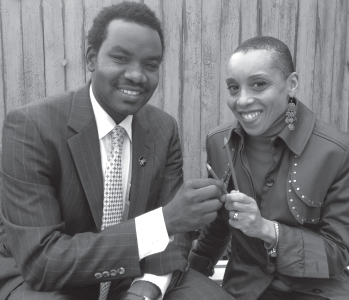 Abdalmageed S.
Abdalmageed S.  Abdalmageed S.
Abdalmageed S.
Haroun and Andrea Davis Pinkney celebrate the power of red pencils. I extend gratitude to Nisrin Elamin, whose work with Global Kids, the National Youth Leadership Council, and Girfina, a Sudanese nonviolent resistance movementand her tireless efforts on behalf of young people and displaced individuals living in Sudans refugee campsserved as inspiration for Amiras story. Appreciation goes to Carol Sakoian, vice president, Scholastic International, and a member of the Council on Foreign Relations, for her in-depth understanding of Africas literacy development and school systems. I am grateful to workers from the United Nations Development ProgrammeBruno Lemarquis for putting me in touch with those who are on the front lines striving to improve conditions in Darfur and Sudan, and Asmaa Shalabi, program specialist in the United Nations Development Programme Bureau of Crisis Prevention and Recovery, for her insights and knowledge about displaced families. Thank you, Jennifer Vilaga, for your extensive research help and fact-checking. Special thanks to Mark Doty and Courtney Nuzum Jimnez, middle school codirectors at the Mary McDowell Friends School, and teachers Beverly Wind and Erica Fry for sharing their current-events curriculum about Darfur and Sudan and for offering helpful suggestions and guidance on ways to present this information to young readers. Thank you, editors Liza Baker, Alvina Ling, and Allison Moore, whose wise editorial guidance helped shape this books narrative.
Thank you, Rebecca Sherman, my agent and guide. Artist and visionary Shane Evans, your drawings have brought this story to incredible visual life. Liz Casal, your design brilliance has beautifully shaped the novels presentation. And finally, to Brian, thank you for loving me.
Land of the Fur
The Darfur conflict unfolded in early 2003 in the western region of Sudan, a country in northeast Africa. The conflict sprung from an ongoing civil war.
Fighting escalated when the Sudanese Liberation Army and the Justice and Equality Movement accused the government of Sudan of neglecting Darfur both politically and economically. As a result, the two armed movements declared war against the central government. The government relied on the Janjaweed, an ethnically based militia composed mainly of Arab groups, to fight the rebellion. The largest tribal group in Darfur is that of the Fur people. Darfur, which means land of the Fur, has suffered as warring groups fight over land and animal-grazing rights between nomadic Arabs and Fur farmers. Because of the staggering number of human casualties, the United States government describes what has happened in Darfur as genocide.
Since 2003, at least 300,000 people have been killed and more than 2.5 million have been displaced inside Sudan and elsewhere. These people have been uprooted from their homes, which were bombed or burned in brutal raids by the Janjaweed militia. In the aftermath of military slaughter, they have been forced to flee in search of safety. Many families travel great distances to reach one of several relocation camps throughout Sudan and Chad, a neighboring country. When a family sets out from their village, they often dont know where theyre going, exactly. When they flee, their course is determined by what routes appear to be the safest, those free of potential attacks.
To ensure they will not be seen, they travel mostly at night, hoping to get to the safety of a displacement camp. While the refugee camps provide a haven, they are often overrun with people living among squalid conditions. Kalma Camp, located in South Darfur, was considered one of the largest refugee centers as the conflict grew. At its peak, it accommodated nearly 90,000 residents. Those living in Kalma have very little hope of ever returning to their homes.
Finding Hope
When I first learned of the struggles unfolding in Darfur and Sudan, my heart broke.
As the crisis worsened, I felt compelled to present the ugly effects of war to young readers in a way that could help them understand their impact. That is how The Red Pencil began. Although I have traveled through several parts of Africa, conducted extensive research for this novel, and consulted with several experts, I am not an expert on the crisis in Darfur. As a novelist, I felt it vital to write a book that speaks to the human condition in times of war and to present this information in a way that is accessible to young readers. This story has been heavily vetted and fact-checked. Any errors or omissions are unintended.
My hope is that Ive written a book that is true in its soul and that speaks to the indomitable spirit of a people. The Red Pencil is a work of fiction inspired by several accounts that I read about children growing up inside an unthinkable reality. Young people witnessed horrific acts of war. With their families and surviving neighbors, they fled to refugee camps in search of safety.


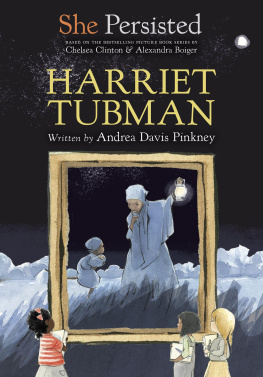

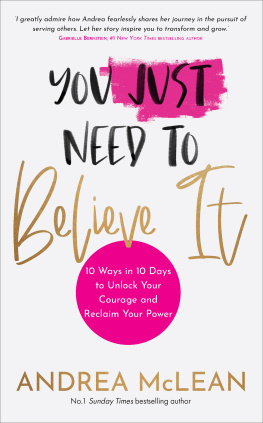
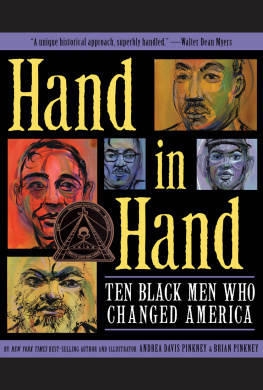
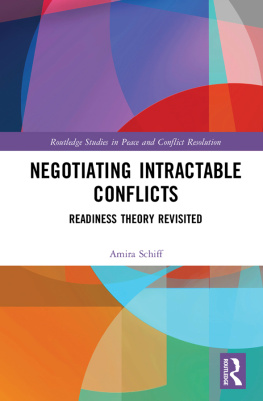


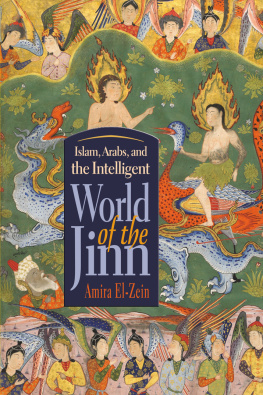
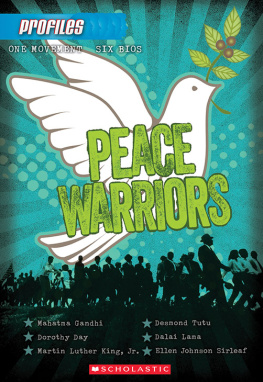
 In accordance with the U.S. Copyright Act of 1976, the scanning, uploading, and electronic sharing of any part of this book without the permission of the publisher is unlawful piracy and theft of the authors intellectual property. If you would like to use material from the book (other than for review purposes), prior written permission must be obtained by contacting the publisher at permissions@hbgusa.com. Thank you for your support of the authors rights.
In accordance with the U.S. Copyright Act of 1976, the scanning, uploading, and electronic sharing of any part of this book without the permission of the publisher is unlawful piracy and theft of the authors intellectual property. If you would like to use material from the book (other than for review purposes), prior written permission must be obtained by contacting the publisher at permissions@hbgusa.com. Thank you for your support of the authors rights. Abdalmageed S.
Abdalmageed S.